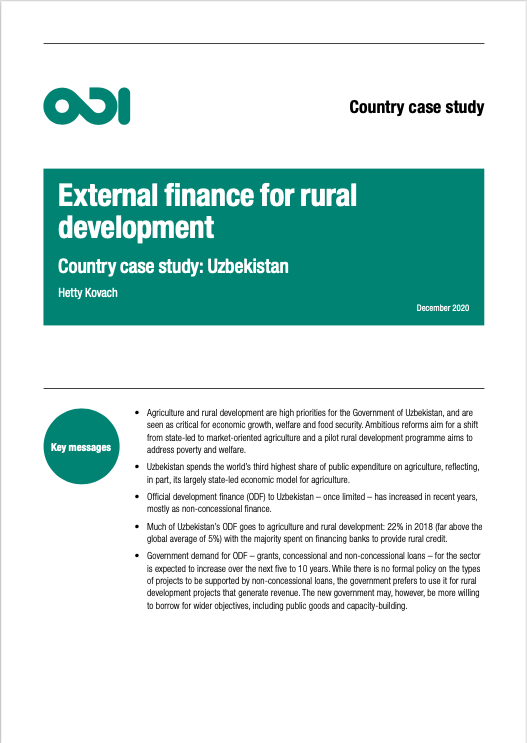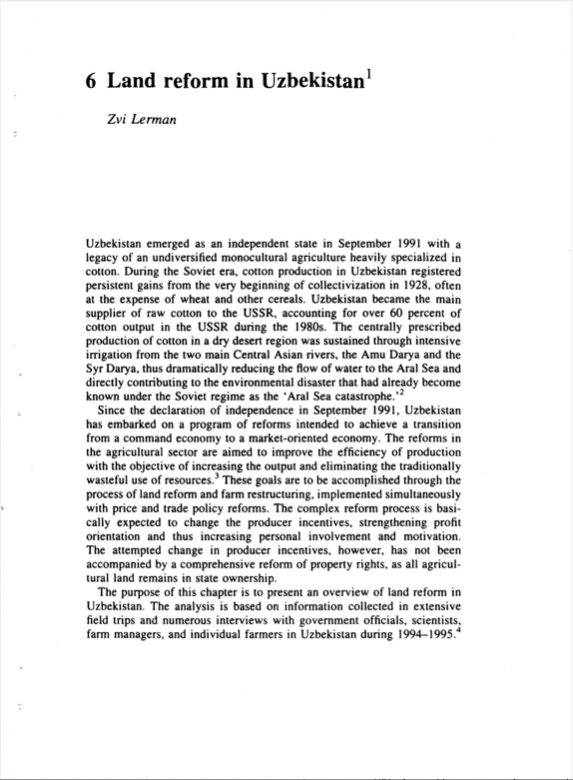Figuring rural development : concepts and cases of land use, sustainability and integrative indicators
Sustainable economic development is essential for hundreds of millions of poor households in rural areas. This book represents a merger of environmental science and rural development economics. It elucidates the linkage between rational choice theory and theories on land use change. It builds a quantitative framework to connect the environmental method of Material Flow Analysis to basic issues of rural development such as agricultural intensification and food security.



